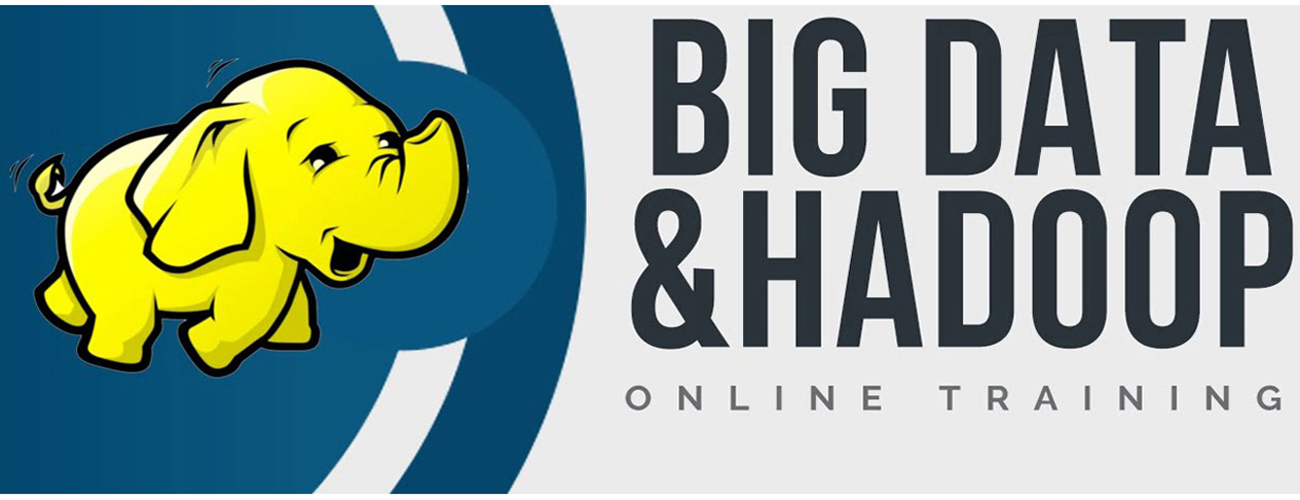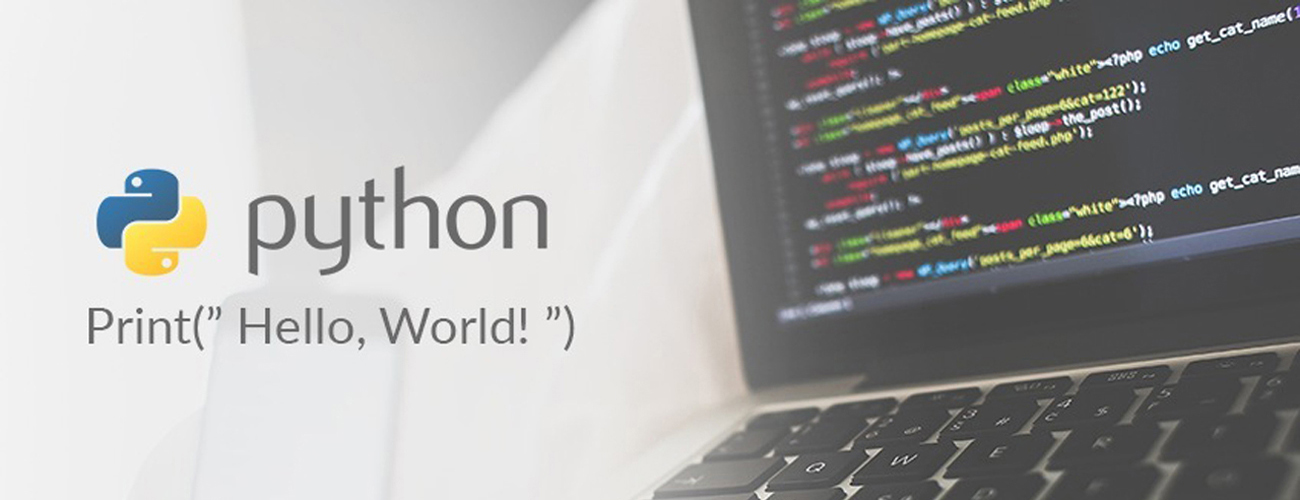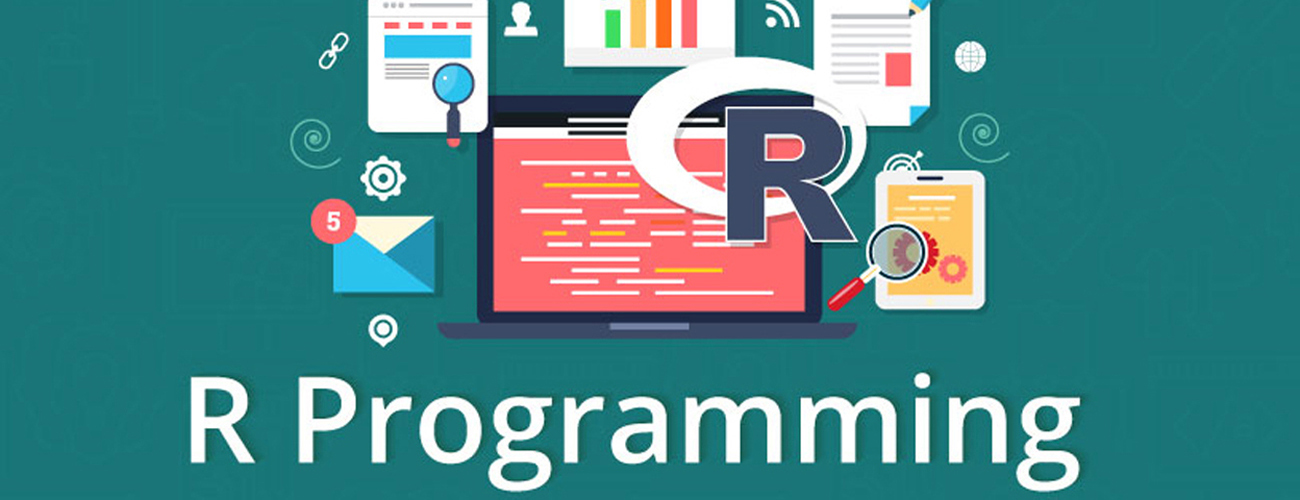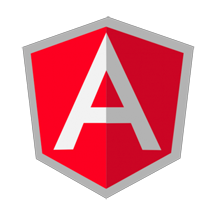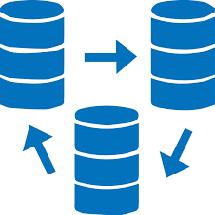Cassandra Introduction
Getting Started with Cassandra
Getting Started with Cassandra
Objective: Explain the differences between NoSQL and RDBMS databases, Explain what the various NoSQL databases are, Explain the various Cassandra features, Explain why Cassandra scores over other NoSQL databases, Distinguish between use cases when Cassandra is a strong choice and when it is not, Understand the use cases where Cassandra is implemented.
Topics: Quick Review of RDBMS: Transactions, ACIDity, Schema, Two Phase Commit, Sharding and Share Nothing Architecture, Feature Based, Key Based, Lookup Table Based, NoSQL Databases, Brewers CAP Theorem, Cassandra Definition and Features, Distributed and Decentralised, Elastic Scalability, High Availability and Fault Tolerance, Tuneable Consistency, Strict Consistency, Casual Consistency, Weak (Eventual Consistency), Column Orientation, Schema Free, High Performance, USE Cases for Cassandra, Cassandra Installation.
Understanding Cassandra Data Model
Objective: Run basic Cassandra commands, Understand Design differences between RDBMS and Cassandra data model, Describe What a Cassandra cluster is,Describe what a Keyspace is, how it relates to Cluster and what is stored in the Keyspace, Explain what a Column Family is, Explain the primary key and its uses, Explain the parts of the compound primary Key, Explain what a partition key is, Explain how data is stored in a partition, Explain how clustering columns ensure that the stored data will be clustered in a partition, Explain secondary indexes and there implications, Explain how Cassandra locate data in the data cluster, Explain expiring column and Time to Live (TTL).
Topics: Installing Cassandra, Running the Command-Line Client Interface, Basic CLI Commands, Help, Connecting to a Server, Describing the Environment, Creating and Keyspace and Column Family, Writing and Reading Data, The Relational Data Model, Simple Introduction, Cluster, Keyspaces, Column Families, Column Family Options, Columns, Wide Rows, Skinny Rows, Column Sorting, Super Columns, Composite Keys, Design Differences between RDBMS and CASSANDRA, Query Language, Referential Integrity, Secondary Indexes, Sorting, DeNormalisation, Design Patterns, Materialized Views.
Understanding Cassandra Architecture
Objective: Explain what happens during the read and write operations, Explain how Cassandra accomplishes some of its basic notable aspects, such as durability and high availability. Understand more complex inner workings, such as the gossip protocol, hinted handoffs, read repairs, Merkle trees etc, Understand Staged Event-Driven Architecture (SEDA).
Topics: System Keyspace, Peer-To-Peer, Gossip and Failure Detection, Anti-Entropy and Read Repair, Memtables, SSTables, and Commit Logs, Hinted Handoff, Compaction, Bloom Filters, Tombstones, Staged Event-Driven Architecture (SEDA), Read, Mutation, Gossip, Response, Anti-Entropy, Load Balance, Migration, Streaming, Managers and Services, Casssandra Daemon, Storage Service, Messaging Service, Hinted Handoff Manager.
Creating Sample Application
Objective: Analyze the requirements for a Cassandra use case and apply data modeling techniques, Identify the challenges faced by RDBMS, Identify the design consideration for designing Cassandra data model, Understand how data modeling differs in Cassandra from traditional relational databases, Understand how to De-Normalize RDBMS data, Demonstrate how the queries are used to design Cassandra data model, Demonstrate ability to apply data modeling concepts to various exercises that are given during the class, Understand the implications of the client side joins when writing application that access data in Cassandra, Able to insert data, perform batch updates and search column families.
Topics: Database Design, Sample Application RDBMS Design, Sample Application Cassandra Design, Application Code, Creating Database, Loading Schema, Data Structures, Setting Connections, Population of database, Application Features.
Configuring, Reading and Writing Data in Cassandra
Objective: Understand what Replicas are, Understand various replica Placement Strategies, Understand Partitions, Understand Snitches, Create Clusters, Understand Dynamic Ring Participation, Understanding Security with in Cassandra, Understand Miscellaneous Settings and various additional tools in Cassandra, Understand Basic read and Write Properties, Understand what Slice Predicates are.
Topics: Keyspaces, Replicas, Replica Placement Strategy, Replication Factor, Partitioner, Snitches, Creating Clusters, Dynamic Ring Participation, Security, Miscellaneous Settings, Additional Tools, Query differences between RDBMS and Cassandra, Basic Write Properties, Consistency Level, Basic Read Properties, API's, Set Up and Inserting Data, Slice Predicate, Get Range Slices, Multiget Slice, Deleting, Programmatically Defining Keyspaces and Column Families.
Integrating Cassandra with Hadoop
Objective: Understand what Hadoop is and how it is used, Describe Cassandra File System, Start working with Map Reduce, Understand tools above Map Reduce like Pig and Hive and how they work with Cassandra, Understand Cluster Configuration, Understand live use cases.
Topics: Hadoop, MapReduce, Cassandra Hadoop Source Package, Outputting Data to Cassandra, PIG, HIVE, Use Cases.
CQL
Objective: Perform Data Definition Language (DDL) Statements within Cassandra, Perform Data Manipulation Language (DML) Statements within Cassandra, Create and modify Users and User permission within Cassandra, Capture CQL output to a file, Import and export data with CQL, Execute CQL scripts from within CQL and from the command prompt.
Topics: Data Definition language(DDL) Statements, Data Manipulation Language (DML), Create and modify Users, User permission, Capture CQL output to a file, Import and export data, CQL scripts from within CQL, CQL Scripts from the command prompt.
Clients and Live Project
Objective: Understand what Thrift is, Understand Cassandra web console, Demonstrate ability to implement the concepts learned during the course on a real life problem.
Topics: Basic Client API, Thrift, Thrift Support for Java, Exceptions, Thrift Summary, Cassandra Web Console, Hector (Java), Features, Hector API, Live Project.
Online live courses have become extremely popular due to the following reasons:
- Flexibility and convenience of location and time.
- As the course is spread over a few weeks, you get a chance to practice what you have learnt in a session before the following session. This results in much better understanding and learning
- You get 24x7 learning support and access to excellent learning resources, subject materials at one place.
- You can interact and collaborate with the industry experts, instructors, other learners of the course during and after the course
- Access to the sessions recordings – this is important if you miss a session or want to do a quick revision
- Provision of real-time cloud based labs.
On enrollment, each student is given access to a personalized LMS - Learning Management System. This features your class recordings, presentations, assignments, installation guides, data-sets, quizzes, forums and project documents.
This LMS access is for life-time.
We have a 24/7 support team featuring expert professionals with at least 3 years of experience in the specific technology. In addition to this, they're also given soft-skills training to ensure the best possible experience for you.
The support team is accessible via phone, email, live chat & video-calls. Please note, this is a lifetime facility. Even after course completion you can access the support facilities.
We are only happy, if you are happy. If you have any reason to doubt the content, delivery & expertise of our program, you are eligible for a 100% refund within 7 days of enrollment.
Your payment only comes into our accounts after 7 days, thus ensuring that your refund will be immediately processed.
If you enroll for 2 or more courses at once; your refund policy only stands till the completion of the first course.
We offer 100% placement assistance to its learners who are open to new job opportunities:
- We have collaborated with many companies who give us their hiring requirements
- These hiring partners also have access to the profiles of the learners who are looking for career opportunities, to initiate a contact with them
- Learnests will also send you a curated list of job postings that come up on various websites pertaining to your field of interest.
Note: Learnests offers placement assistance to every learner who wishes to look at career opportunities. However, we do not offer any job guarantee.
During this course; you will be provided with 5 live industry grade projects. Each project will feature data-sets, use-cases & guides from the following industries:
- Finance
- Healthcare
- Social Media
- Entertainment
- Retail
It will take you an average of 10 hours to complete each project.
Each student will be given a certification of course completion only after they finish the classes as well as their projects. The grade will be based on their performance as judged by the instructor. This certificate is recognized by all our corporate partners.


